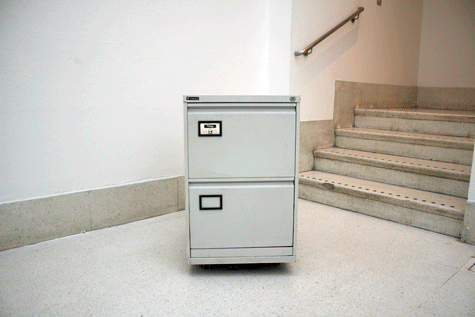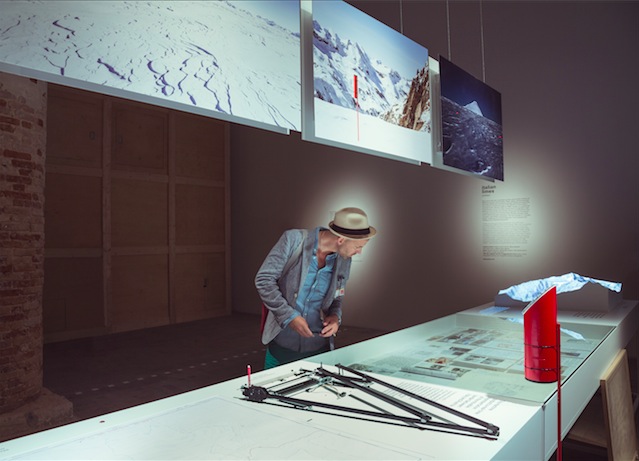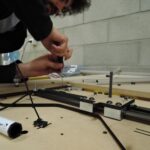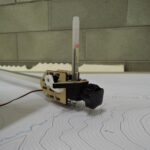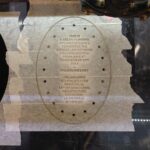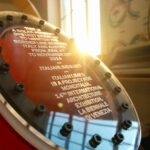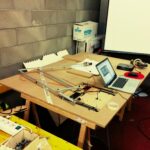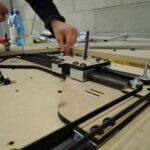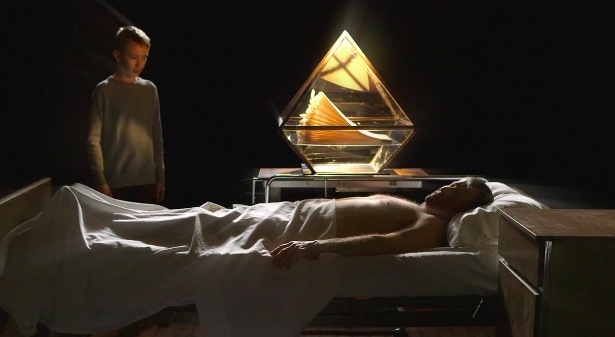29
Earthquakes reinterpreted by the human body become art
arduino, Art, Exhibition, Featured, installation, micro Comments Off on Earthquakes reinterpreted by the human body become art
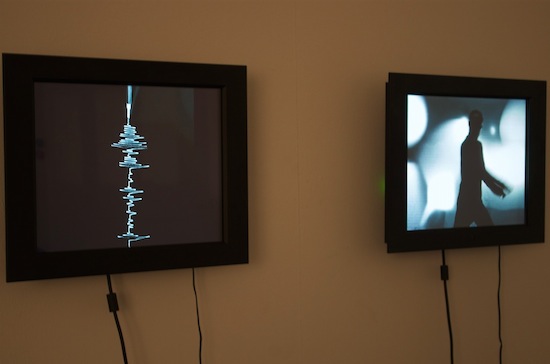
“Earth Partitions” installation by artist Melik Ohanian was exhibited at the Centre d’Art Contemporain à Sète in France and it’s composed by two synchronized videos with a dancer and a seismogram, the second being “written” by the first.
The dancer with two controllers in the hands was asked to “translate” into corporal expression and movements what he saw in a seismogram of an earthquake . His movements were consequently “translated back” to a seismogram using a device. Both the mime and the seismograph were filmed at the same time and both were then broadcasted simultaneously on two different screens during the exhibition.
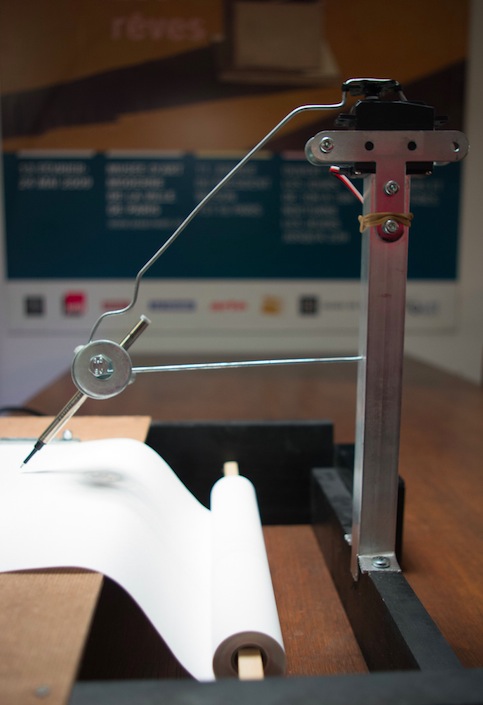
The project was made thanks to the work of Out of Pluto, a multidisciplinary startup working on the research and development of new technologies to materialize various projects and ideas and decided to share with us some more info about this installation.

Anthony and Mathias, founders of the startup, submitted the project to this blog describing me how they used two Arduino boards:
The Arduino Micro reads the accelerometer values, computes a global value and sends it via bluetooth to the computer. The computer reads this value, computes an angle according to a configurable ratio (sensitivity) and sends a new value to the Arduino Uno. The Arduino Uno sends the angle to the servo motor that rotates to this angle and then come back to 0 (if no other value is sent). Coming back to 0 simulates the end of the “earthquake”. The mechanical part of the arm is flexible so there is some inertia involved, creating the typical outline of seismograms. There is a simple motor to pull the paper at a constant speed.
Take a look at the video:


